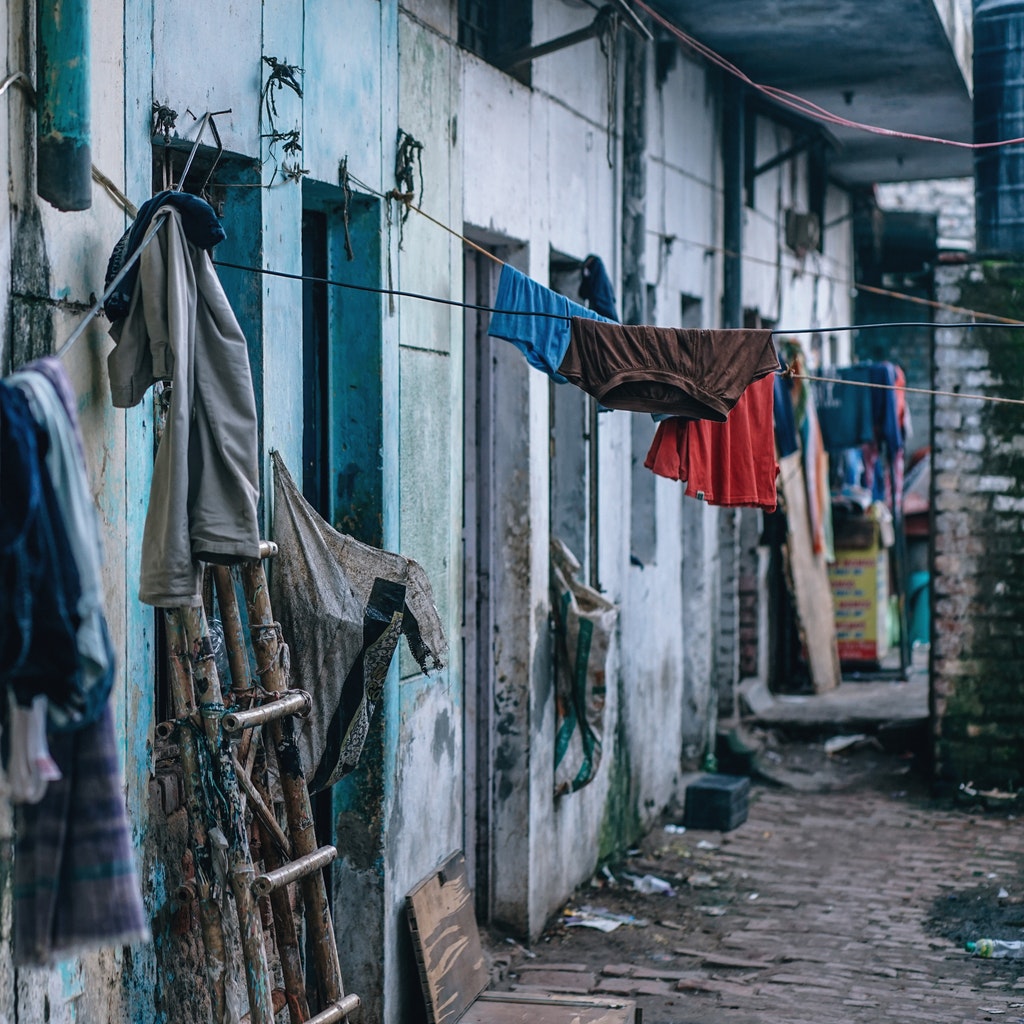I have spent many years in many developing countries living and working as an ophthalmologist / ophthalmic surgeon. I have seen, as we all have, many patients who have had one eye operation too many. It is not correct nor appropriate to operate on a developing world eye patient when the surgical prognosis is quite poor. Sometimes the best course for the patient is to do nothing. Not all white or brown mature cataracts should undergo surgery.
If you take a patient with poor vision but otherwise an asymptomatic eye, operate, and end up with a permanent bullous keratopathy then you haven’t helped the patient. I have seen that scenario on a number of occasions. Unfortunately, I certainly have been guilty of that myself.
Over the years I have seen many patients in the developing world who have had a penetrating keratoplasty which has resulted in a failed graft, bullous keratopathy, and an eye that is uncomfortable, tearing, inflamed, photophobic, and symptomatic. Often the vision is worst post-op [ blind painful eye ]. There are many exceptions but as a general rule corneal transplant patients do not do well in evedevelopingld situations especially low-income countries.
The problem is not the operation. There are many skilled ophthalmic surgeons who can do a great corneal transplant in a developing world setting. The problem is what happens post-op. The long term post-op care is often lacking or non – existent.
The best candidate for a corneal transplant in the developing world is someone financially well off, living in an urban setting with quick easy access to advanced ophthalmic care. If the patient has limited [ finances ] resources, lives in a rurally isolated area, and does not have quick ready access to ophthalmic care and medicine [ drops ] then the graft is often doomed to fail. I have seen this over and over again in the developing world. If the post-op patient develops a graft rejection, corneal ulcer, uveitis, ocular hypertension, suture breaks, wound dehiscence, etc. bad things can happen, resulting in a failed graft. The post-op corneal transplant patient with a problem usually shows up quite late if at all.
If the patient has good vision in the other eye, I suggest not doing a corneal transplant. I would go real slow in bring a child or adult to the developed world [ USA ] for penetrating keratoplasty. Within the last two weeks in Belize, I have seen a young female patient who was taken to the States several years ago for a corneal transplant in her only eye. According to our rehab folks she apparently had pre-op light perception vision and an asymptomatic eye. She is now NLP with severe pain.
Often what a young person doesn’t like about a unilateral opaque cornea is the cosmetic appearance. These patients may be candidates for corneal tattooing [ Indian ink ] and therefore making the opaque white cornea brown to match the other eye [ iris ].
If you are dealing with the only eye, then sometimes [ rarely ] an autocorneal rotation will move a clear peripheral corneal segment into the visual axis and an opaque [ scar ] central cornea into the periphery. This opportunity doesn’t occur often but can be quite successful [ no rejection ]. You will not end up with 20 / 20 vision but perhaps 20 / 70 without correction.
A surgical option in the only eye scenario is to do an optical iridotomy [ pupilloplasty ]. If you have the iris stuck up to the endothelium [ adherent leucoma ] just make a new or larger pupil. Don’t mess with the adherent leucoma. Let that sleeping dog lie. Use a lot of viscoelastic and long blade van Ness scissors or other anterior segment scissors. Often a little snip is all you need. Don’t get carried away. Don’t cut out anything [ bleeding ]. Often the crystalline lens is clear.
Another option is using an Argon, diode or Nd – Yag laser. First, apply pilocarpine 2% times three. Make a radial laser-cut either nasally or laterally depending on the situation/location of the corneal scar. Cover post-op with brimonidine [ Alphagan ], acetazolamide [ Diamox ], or whatever. Post-op cyclopentolate and steroid drops are useful.
In conclusion, I would be slow to recommend a corneal transplant to a poor patient in the developing world. It’s not the operation itself but the long term post op care that is the problem.
Peace,
Baxter

